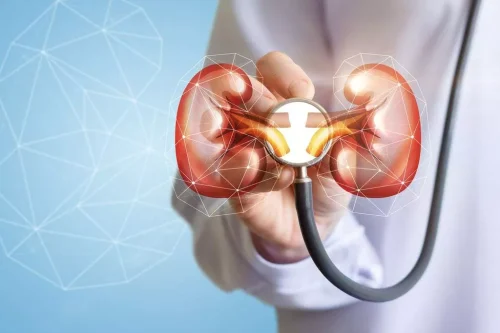
Learning healthy coping mechanisms can help you manage stress, cravings, and triggers without resorting to substance use. Rather, remember that relapse is a natural part of the journey and an opportunity for growth. Triggers include cravings, problematic thought patterns, and external cues or situations, all of which can contribute to increased self-efficacy (a sense of personal confidence, identity, and control) when properly managed. Otherwise, recovering individuals are likely to make the worst of a single mistake and accelerate back through the relapse process as a result. By providing comprehensive care, our treatment programs create a supportive environment in which our clients can build a solid foundation for lasting sobriety. Twelve-month relapse rates following alcohol or drug cessation attempts can range from 60 to 90 percent, and the AVE can contribute to extended relapses.
- As a result, it’s important that those in recovery internalize this difference and establish the proper mental and behavioral framework to avoid relapse and continue moving forward even if lapses occur.
- It’s important to challenge negative beliefs and cognitive distortions that may arise following a relapse.
- It’s important to establish that a one-time lapse in a person’s recovery from drugs or alcohol is not considered a full blown relapse.
- Feelings of guilt, shame, and self-blame may lead people to question their ability to overcome addiction and exacerbate underlying issues of low self-esteem.
- Our treatment options include detox, inpatient treatment, outpatient treatment, medication-assisted treatment options, and more.
The Abstinence Violation Effect and Overcoming It
- Jim is a recovering alcoholic who successfully abstained from drinking for several months.
- This can include abstinence from substance abuse, overeating, gambling, smoking, or other behaviors a person has been working to avoid.
The term relapse may be used to describe a prolonged return to substance use, whereas lapsemay be used to describe discrete,… Addressing the AVE in the context of addiction treatment https://ecosoberhouse.com/ involves helping people develop healthier coping strategies and challenging negative beliefs that contribute to addiction. There are many relapse prevention models used in substance abuse treatment to counter AVE and give those in recovery important tools and coping skills.
AVE in the Context of the Relapse Process
AVE occurs when someone who is striving for abstinence from a particular behavior or substance experiences a setback, such as a lapse or relapse. It can impact someone who is trying to be abstinent from alcohol and drug use in addition to someone trying to make positive changes to their diet, exercise, and other aspects of their lives. In conclusion, the abstinence violation effect is a psychological effect that impacts those in recovery, as well as those who are focused on making more positive behavioral choices in their lives. By reframing lapses as learning opportunities and teachable moments, cultivating self-compassion, and seeking support, individuals can navigate these challenges more effectively, increasing their chances of leading a healthier lifestyle.
Defining The Abstinence Violation Effect (AVE)
Taylor uses an app to watch her intake of calorie limit and does see positive outcomes to her new lifestyle. One night, she what is Oxford House craves pizza and wings, orders out, and goes over her calories for the day. Jim is a recovering alcoholic who successfully abstained from drinking for several months. One day, when he was faced with a stressful situation, he felt overwhelmed, gave in to the urge, and had a drink. I have lost all that time,” which can trigger a self-destructive mindset and potentially lead to further relapse.
Bedrock Recovery
Instead of sinking into self-blame, reframe setbacks as temporary obstacles rather than insurmountable failures, and replace blame with self-compassion and understanding. One of the key features of the AVE is its potential to trigger a downward spiral of further relapse and continued substance use. Taylor may think, “All that good work down the drain, I am never going to be able to keep this up for my life.” Like Jim, this may also trigger a negative mindset and a return to unhealthy eating and a lack of physical exercise. Check out our blog posts and resource links for the latest information on substance abuse.


In the multifaceted journey of overcoming addiction and living a healthier life, abstinence violation effect individuals often encounter a psychological phenomenon known as the abstinence violation effect (AVE). As a result, it’s important that those in recovery internalize this difference and establish the proper mental and behavioral framework to avoid relapse and continue moving forward even if lapses occur. The AVE describes the negative emotional response that often accompanies a failure to maintain abstinence from drugs or alcohol. We are dedicated to transforming the despair of addiction into a purposeful life of confidence, self-respect and happiness.
